On a recent camping trip to Pretty Beach, Craig Watson of Chapman noticed a National Parks map with "Singing Stones Beach" marked on it.
"I had a dim memory of hearing about a beach somewhere on the South Coast with stones that 'sang'," he says. "So I guessed it may have somehow been connected to the location on the map."
Intrigued, Craig searched online for more information, one of the few sources being this column's 2017 exposé on the seldom-visited beach.
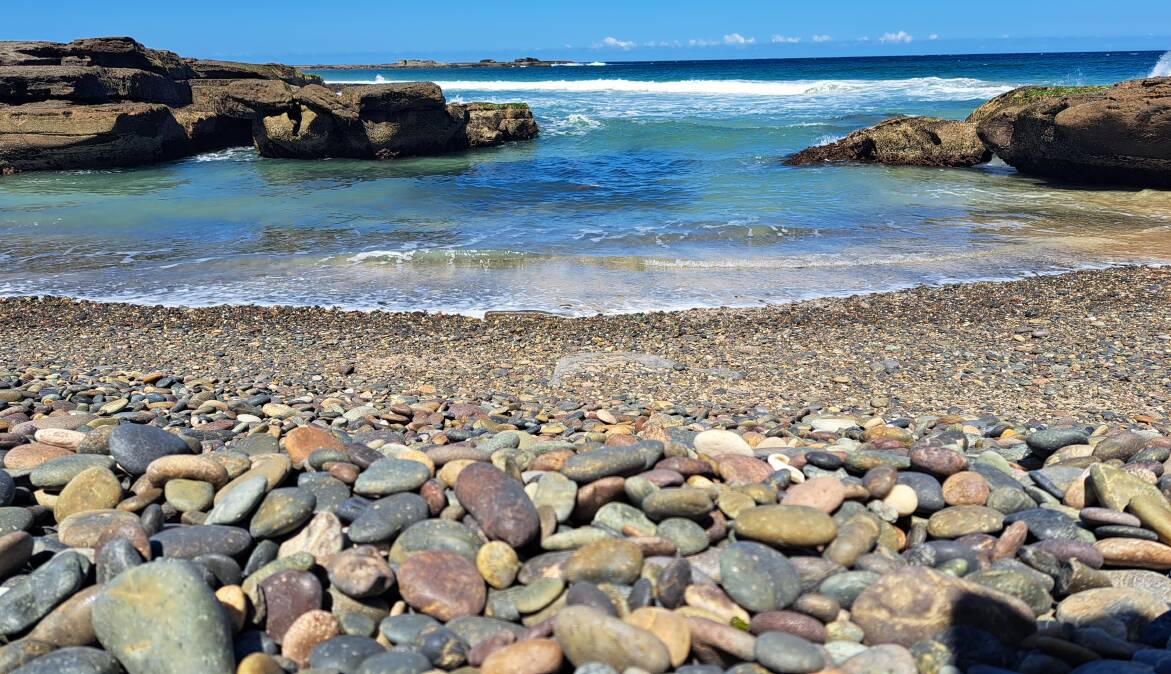
Regular readers may recall that on that 2017 visit, the beach was disappointingly covered in sand and had thereby lost its singing ability - created by similarly-sized pebbles tumbling over one another. Although I didn't get to hear the beach belt out a tune, several local residents sang its praises and urged me, and anyone else who wanted to witness the natural phenomena, to return once the sand had washed back out to sea.
Armed with this information and his national park map, Craig set off to "Singing Stones Beach", the short beachcomb and rock scramble south of Pretty Beach in Murramarang National Park.
When he arrived, conditions were optimal to hear the stones "sing". This year's series of east coast lows had washed all the sand away and waves were gently washing over the pebbles.

However, to say Craig was far from impressed with the natural sound show would be an understatement.
"I don't want to be negative, but I tried skimming individual ones and handfuls across the beach at different speeds and angles and the sound was just a very regular 'pebbles in a cement mixer' type sound," he says, "the same sound as the waves rolling them on each other."
"You'd need good imagination to say they were singing. Lovely little beach nonetheless."
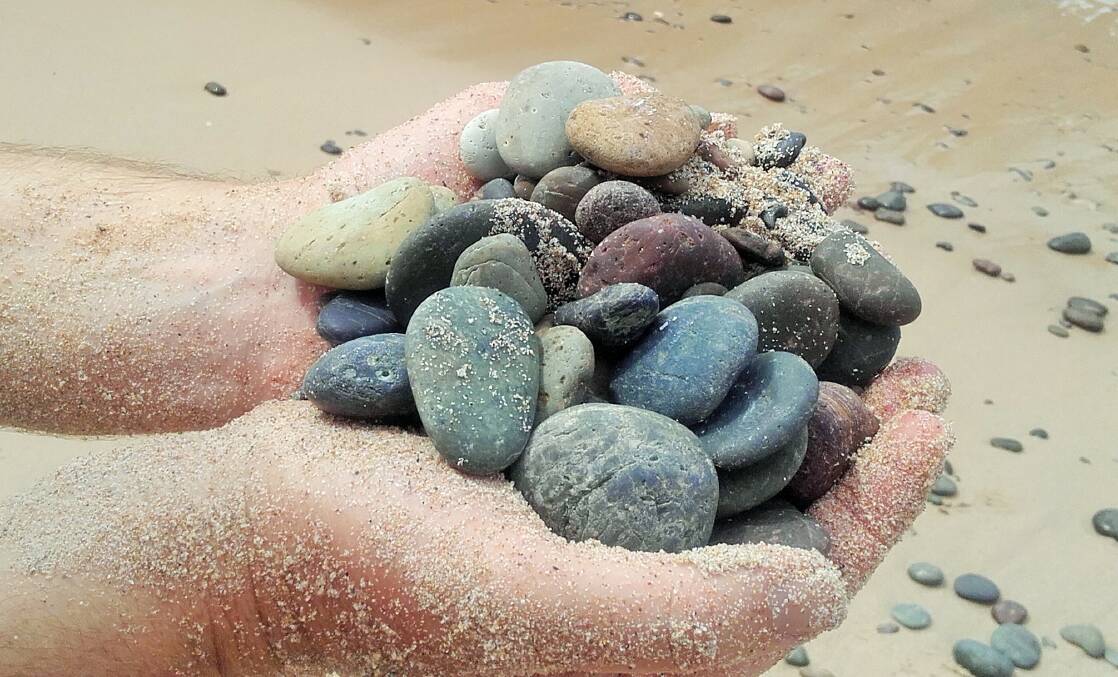
The letdown prompted Craig to ask, "I wonder if the 'singing ability' could also be something related to temperature, depth of pebbles [and the] amount of sand mixed in?" He even questioned his hearing ability.
Always keen to explore our South Coast beaches, especially if there's some sort of mystery involved, earlier this week I jumped in the Yowie-mobile and headed down the Clyde to investigate.
And the result? Well, I'm tempted to side with Craig. Although there was a pleasant enough tumbling sound as the waves washed over the stones, saying they "sing" is probably a bit of a stretch, at least on the day I visited.
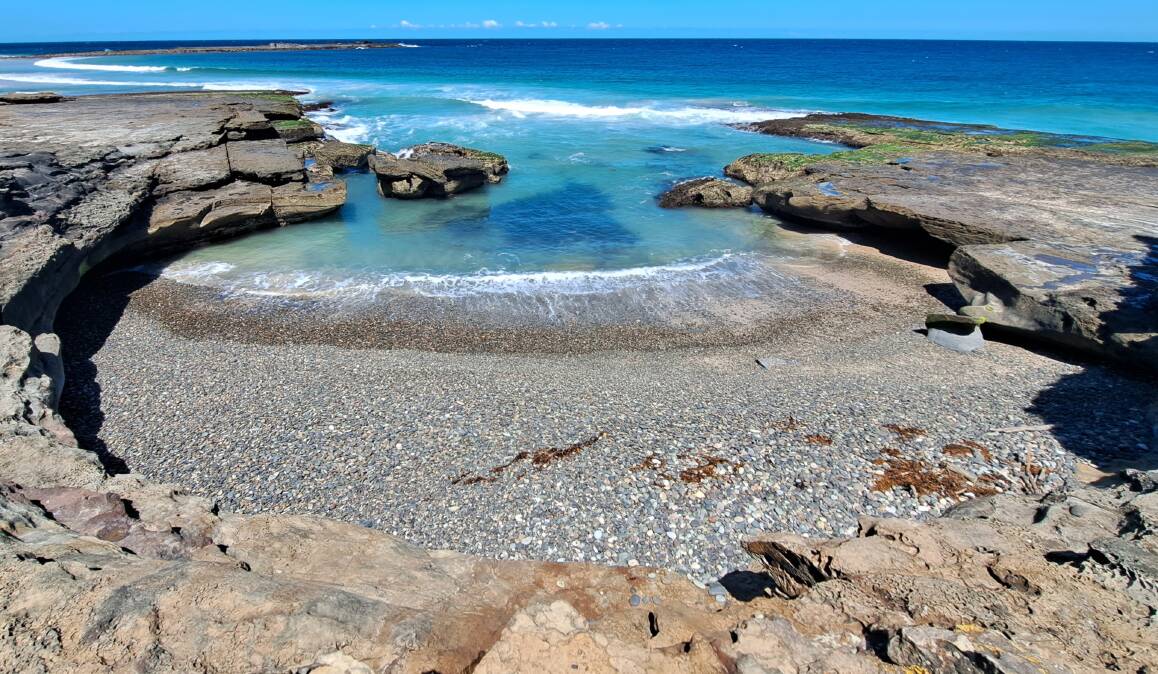
Perhaps the beach ought to be renamed "Tumbling Stones Beach", or dare I say it, in Craig's words, "Cement Mixer Beach". In fact, curiously, the beach doesn't appear in the NSW Geographical Names board database, so its official name is still up for grabs.
Have you visited the beach and heard more than a rumbling sound as the waves wash over the pebbles in the cove? If so, I'd love to hear from you. Even better if you have an audio or video file that showcases the "singing".
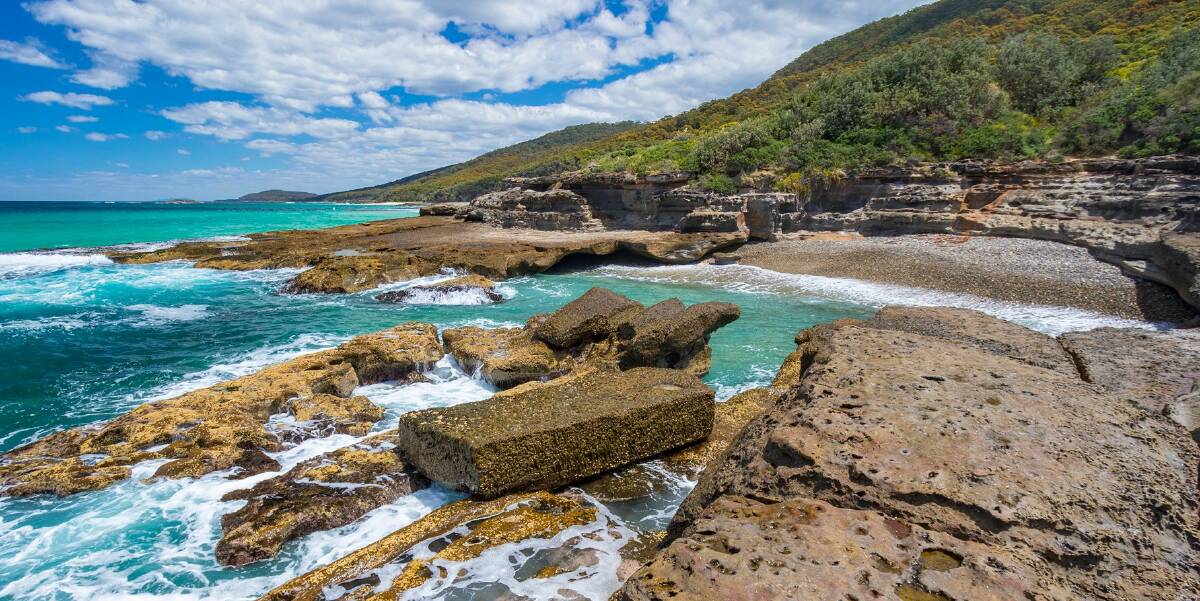
Singing Stones Beach: Located in Murramarang National Park. Easiest access is from the carpark at the end of Pretty Beach Road. Allow for a 20-minute walk each way. Pretty Beach is about 2.5 hours' drive from Canberra via Batemans Bay. Access to the Singing Stones Beach via Pretty Beach is recommended at low tide only.
Why do they sing? According to retired South Coast geologist Phil Smart, "as the waves wash over the beach, the water tumbles the stones into each other at speed, making the singing sound." Smart believes the reason these rocks sing, and many on other beaches don't, "is because these rocks are crystalline, are very fine grained and are composed of very hard minerals."
Tharwa Bridge's escape pods
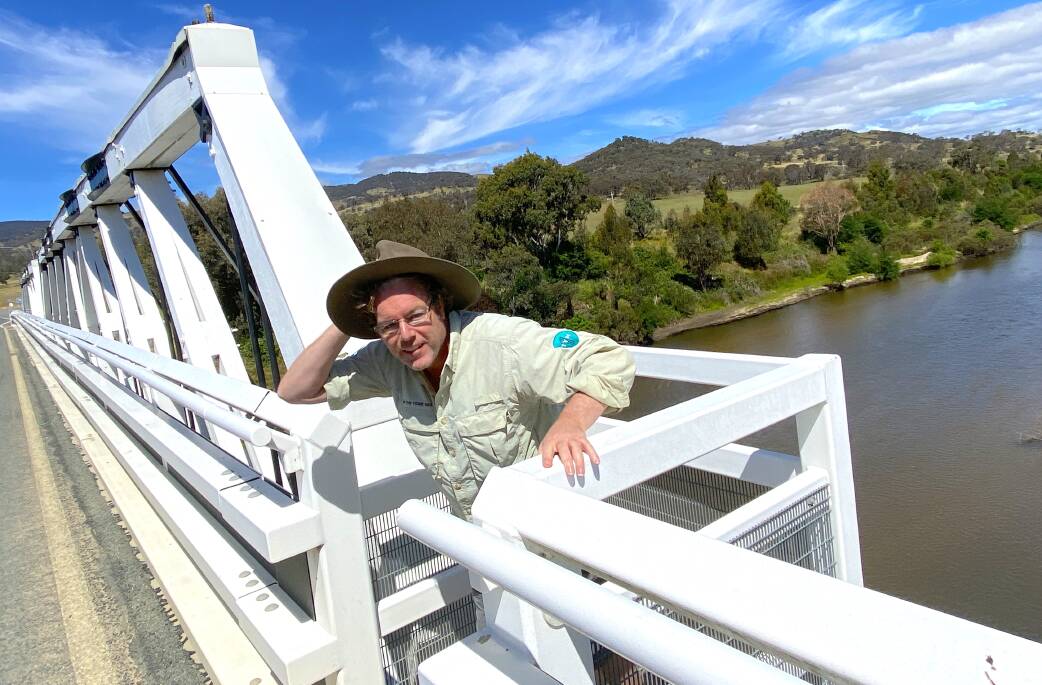
Following this column's recent feature on Tharwa, Geoff Simpson of Kambah asks what the four small "lookout bays" on the village's iconic bridge are.
Well, actually they aren't lookouts, rather pedestrian refuges or manholes - a safety feature for people crossing the single-lane timber-truss bridge on foot.
In Susan Withycombe's Lanyon within Living Memory (Commonwealth of Australia, 1988) Sister Catherine (formerly Ruby Tong) who lived at Lanyon and attended school in Tharwa in the early 1900s recalls the challenges of crossing the bridge on daily commutes to school.
"We'd dilly-dally a bit on the bridge because there might be some traffic. And all of a sudden we might see a bullock wagon with a load of wool on. On that bridge are little manholes where you can get in, so we'd make for the manhole. And there were the poor bullocks coming along. They seemed to get jittery when they got on the wooden part; they pulled against one another - and the big horns of them! And we'd stand there looking at them, the most wonderful sight."
This week, I thought I'd attempt to cross the bridge on foot. It's no mean feat and although far from a busy road, there was a steady flow of cars in both directions. I crossed the bridge three times, and on each occasion was most thankful to be able to scurry into one of the manholes.
I've seen similar pedestrian refuges on old railway bridges such as the one at Foxlow near Captains Flat but can't think of any others in the Canberra region. Can you?
Talk about rocking the boat
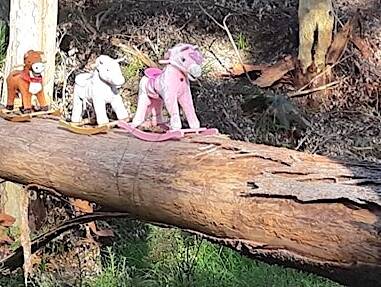
Last week's exposé on the proliferation of toy rocking horses perched atop a log near the bottom of the Clyde prompted a bulging mailbag.
Most of correspondents report they love seeing the colourful, albeit unexpected sight on their annual pilgrimages to the coast for some saltwater therapy.
"We watch out for them whenever we go to the coast," writes Beverly Payne of Kambah. "I've often wondered if they're breakaways from the horses at the nearby property.
"Some of them are that rare and elusive creature, the unicorn, which makes them even more mysterious," she reports.
Meanwhile, several readers reflected the sentiments of Mel S. "They were very cute when there were just two or three but now, as more and more of the rocking horses appear, it's losing its charm," she reports. "I hope it just stays as it is otherwise it's going to end up looking like a dumping ground for stuffed toys."
As to where they came from, Dave Coe suspects that firefighters put them there after the Black Summer bushfires. "They provided a colourful contrast to everything else which was charred," he says.
Several readers agreed with your akubra-clad columnist that the mysterious herd are unfortunately located in a dangerous location.
"I particularly liked your advice regarding not stopping (too dangerous)," writes Hugh Mulvie who lives in Batemans Bay but works in Canberra and regularly drives past them.
Hugh points out that the horses are located along a stretch of highway where drivers travel at 90-100km/h. "The rocking horses are distracting, especially if a car full of kids get excited," says Hugh, who concludes, "I think they should be removed."
As always, take care, especially if travelling this holiday season. Oh, and a Happy New Year!
WHERE ON THE SOUTH COAST?
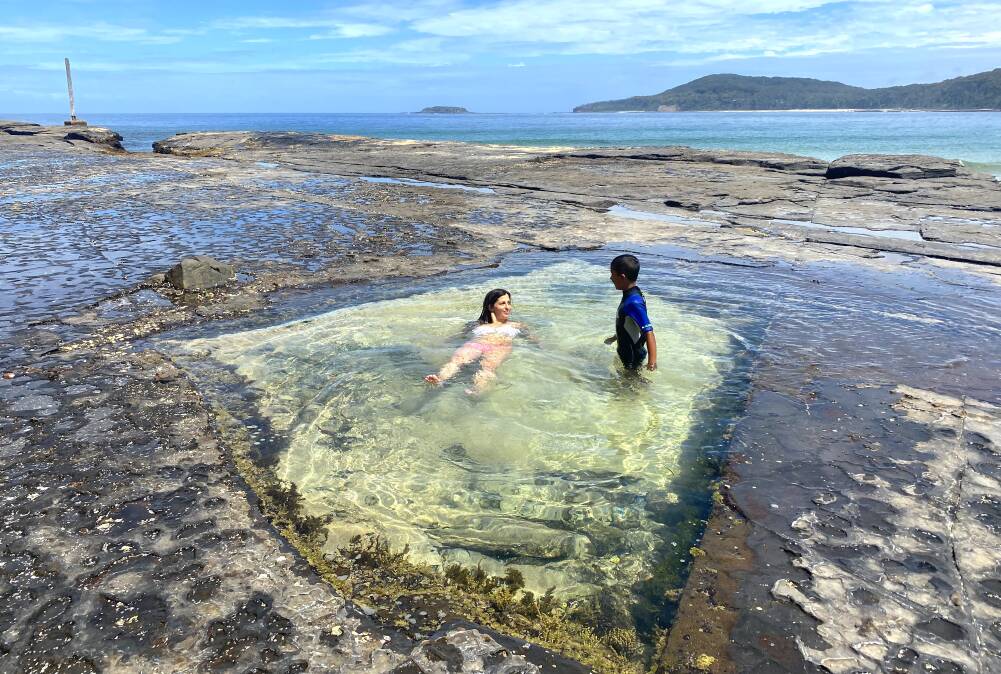
Rating: Medium
Clue: Where are all the kangaroos?
How to enter: Email your guess along with your name and address to tym@iinet.net.au. The first correct email sent after 10am, Saturday December 31, wins a double pass to Dendy, the Home of Quality Cinema.
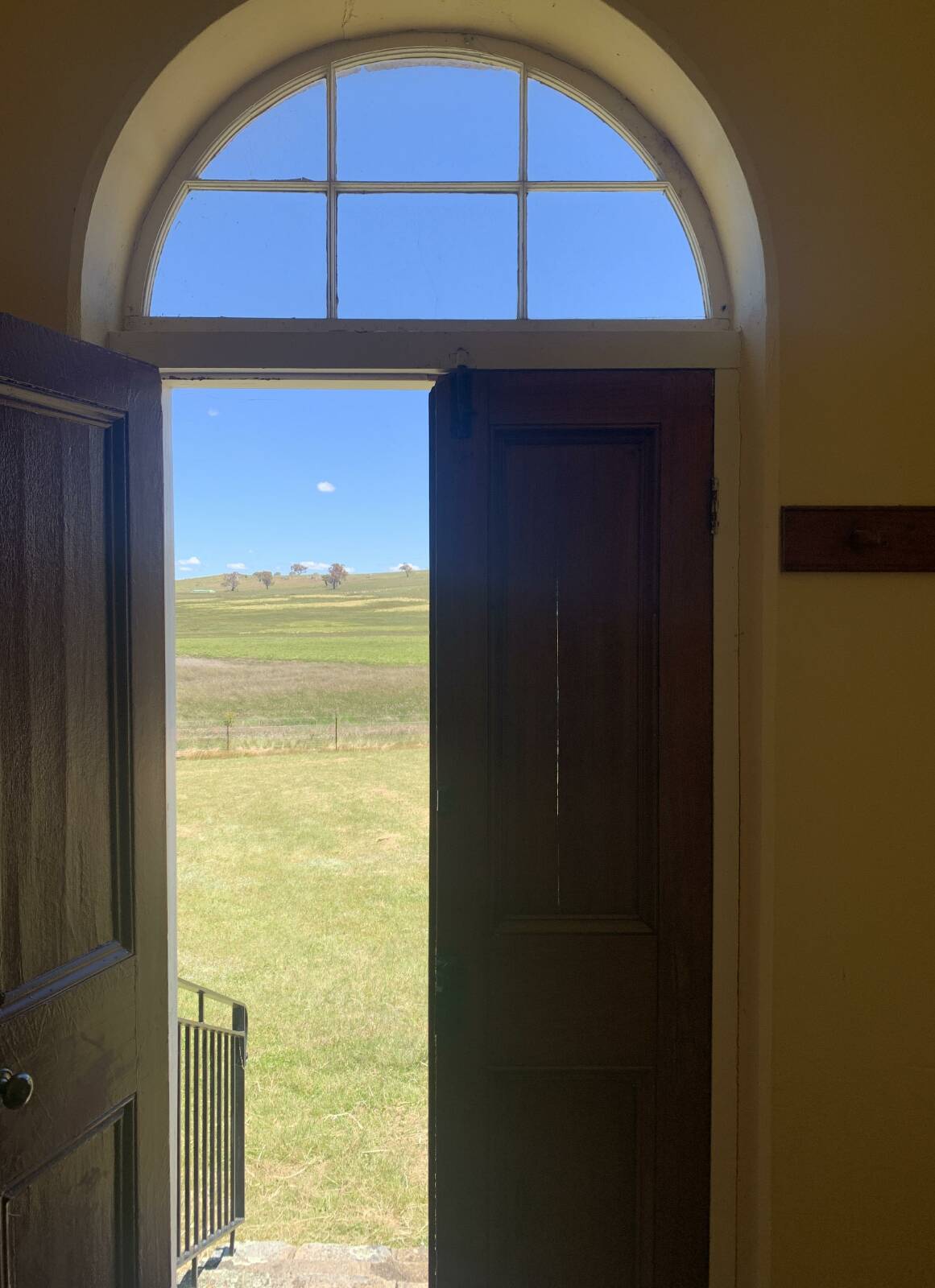
Last week:Congratulations to Paul Milner of Salisbury in South Australia who was the only reader to correctly identify last week's photo as the view out the front door of Round Plains Church, located mid-way between Berridale and Eucumbene, along the Rocky Plains Road. If you can time your visit between the caretaker's mowing regime, at this time of the year the church yard blooms in a wonderful display of yellow paper daisies. The cemetery, the final resting place of many of the area's pioneers, also boasts a gravestone which mysteriously glows in the dark. I had been hoping to stump everyone in the penultimate quiz for the quiz, but Paul, who when he previously lived in Canberra extensively explored the region, nailed it. It was quite an obscure photo so hats off to Paul.
SIMULACRA CORNER
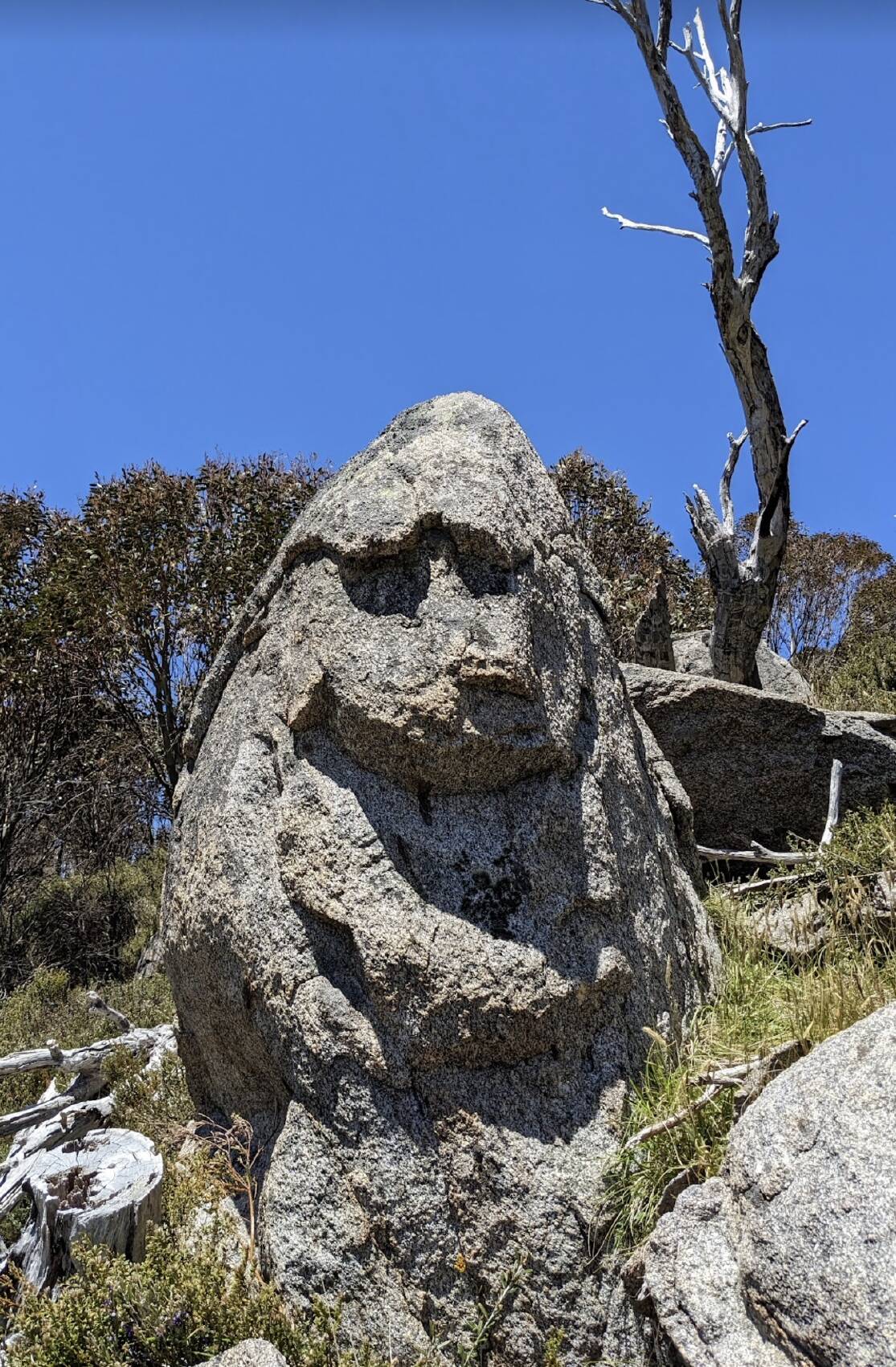
Steven Hanley of Harrison recently spotted this smirking rock face while helping mark the course for the Ultra-Trail Kosciusko running event. "He's on the track not far from Guthega Dam," explains Steven, adding "some people think it resembles a puggle (baby platypus) but you can make up your own mind."
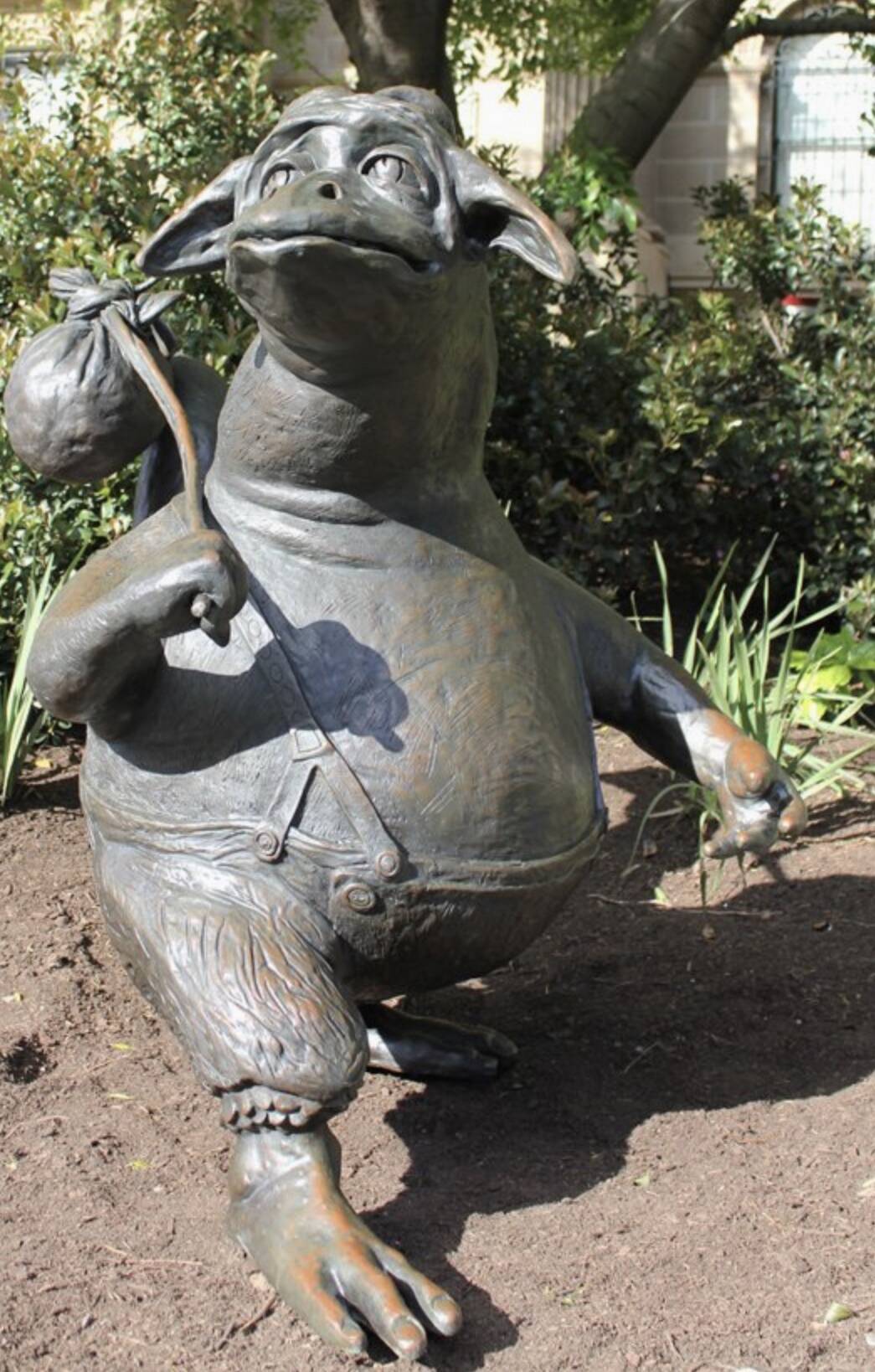
I don't know about you, but I think it's a dead-ringer for the bunyip from Jenny Wagner's classic Australian children's book The Bunyip of Berkeley's Creek (Picture Puffin, 1978). What do you think?
CONTACT TIM: Email: tym@iinet.net.au or Twitter: @TimYowie or write c/- The Canberra Times, GPO Box 606, Civic, ACT, 2601.
We've made it a whole lot easier for you to have your say. Our new comment platform requires only one log-in to access articles and to join the discussion on The Canberra Times website. Find out how to register so you can enjoy civil, friendly and engaging discussions. See our moderation policy here.







